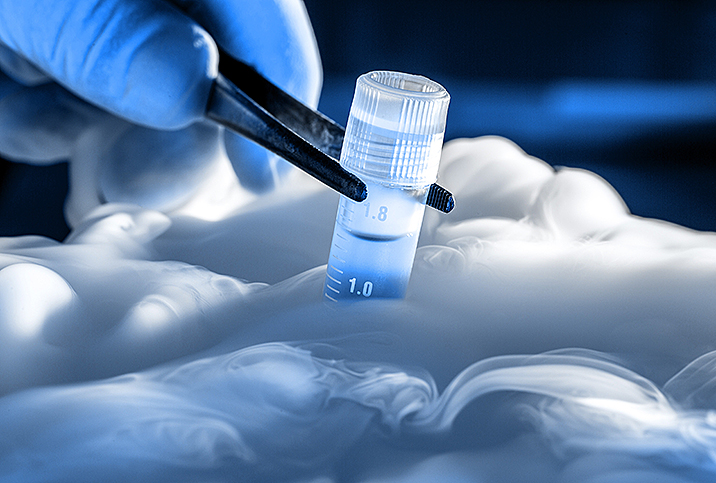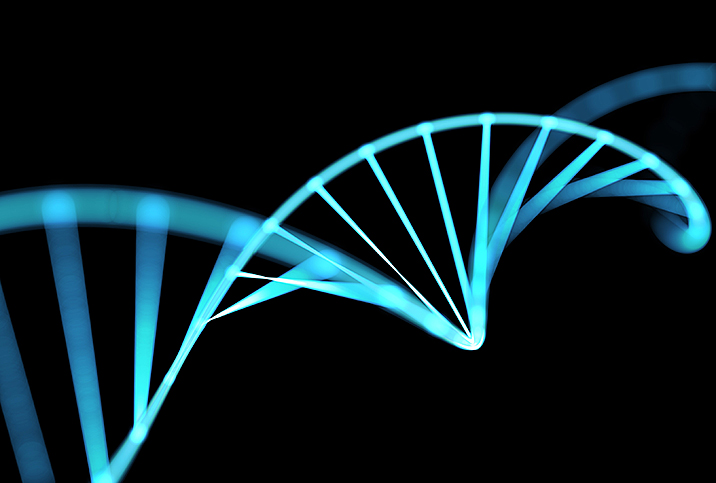DNA Tracing Is Threatening Sperm Donor Anonymity

Most people are familiar with sperm banks, locations where donors provide sperm samples. In many instances, men who donate sperm choose to remain anonymous, protecting themselves against complications that can arise from their contributions. However, with the advent of DNA testing through companies like 23andMe and Ancestry, donor anonymity is no longer a guarantee.
Anyone can use DNA databases to map their genealogy and discover family members who were once hidden—including sperm donors.
How DNA tracing works
Clients of companies such as 23andMe and Ancestry are able to tap into the companies’ records in order to trace unknown family members. They’re great services for closing gaps in family history or even just understanding genealogy. A problem arises, however, when the process reveals the identities of sperm donors who specifically chose to remain anonymous for personal reasons.
The interplay between DNA testing, sperm banks and the monetization of consumer data is creating an unforeseen complication for donors and the process of providing sperm samples.
Ancestry and 23andMe provide the option for consumers to trace their genetic lineage. The tracing is made possible by a linked database, which is composed of information from other individuals who opted into sharing their genetic information to research their family history. However, when sperm donors opt in, their own information becomes accessible and their once-protected identity is compromised. This process counteracts any sort of confidentiality provided by a sperm bank.
Sperm donors aren’t the only ones who might be worried. Large-scale exposure of this highly private customer data hasn’t gone uncontested. There was backlash against 23andMe in 2018 after the company announced plans to sell consumers’ genetic information to pharmaceutical companies for drug research and design purposes.
This process has created worries that people who use these resources to discover their ancestry, and to check for genetic diseases, may have their information used for other, unintended purposes. Consumers have to be aware of the information they’re being asked to give away when they use a DNA service.
The changing face of sperm donation
The status of sperm banks and the donation process seems to be changing quickly. In 2011, Washington became the first state to put limits on sperm donor anonymity: Now, when children produced by donated sperm turn 18, they will gain access to their biological father’s contact information, unless specified by the donor. California followed suit in 2019.
Some professionals in the field disagree with the idea that sperm donors should have complete privacy. Many argue there are incidents where donors can unknowingly pass on genetic defects to children. In one case, a man gave nine of his biological children a rare and fatal heart defect. He was asymptomatic at the time he provided sperm samples, so it was undetected. Without a way to contact him or know his current medical condition, the children’s lives could have been at risk.
It’s uncertain what new developments will affect sperm banks and sperm donors in the future. Sperm donors may no longer be able to remain anonymous, especially with the addition of genetic testing and the large-scale monetization of consumer data to third parties. This may affect the number of donors willing to contribute, which might also leave fewer options for couples or individuals who are unable to have children.

















